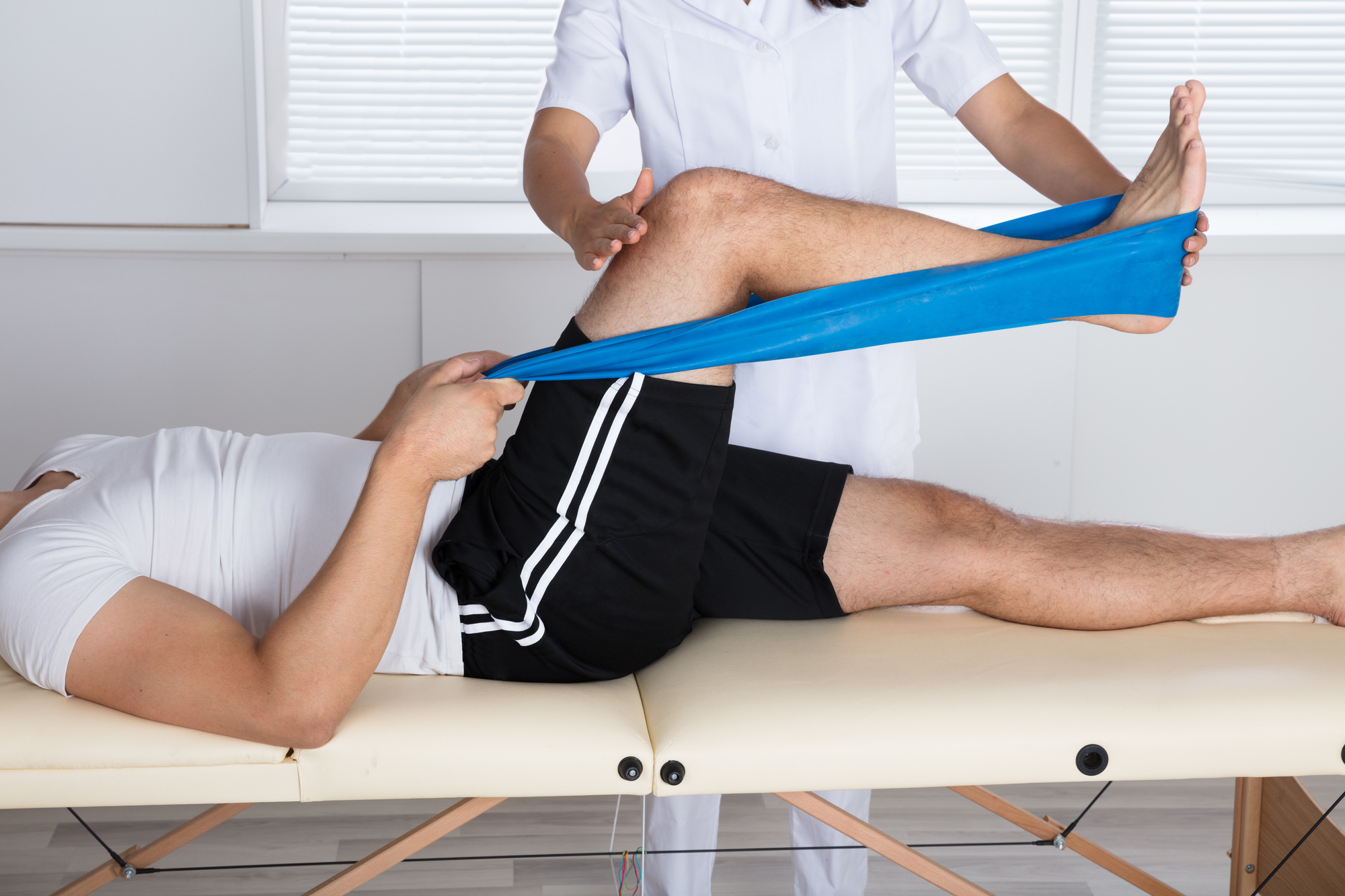Equilibrium and stability are essential elements of physical fitness and general well-being. They play a vital role in everyday tasks, athletic performance, and harm prevention. When an individual has strong equilibrium and stability, they are not as prone to fall or incur damages during physical exercises. One effective way to assess these attributes is through Practical Motion Assessment (FMS). FMS is a tool used to evaluate movement styles and identify imbalances or deficiencies that could result to harm.
Functional Movement Screening includes a sequence of particular tests that examine how effectively a individual moves. The tests focus on fundamental movements such as squat, lunge, and bending. By observing these movements, trainers and medical professionals can determine areas where an individual may struggle. For example, if someone has difficulty maintaining equilibrium while executing a squatting, it may indicate a need for specific exercises to improve strength and coordination. This evaluation not only detects weaknesses but also helps to track progress over time.

In addition to this to recognizing areas for enhancement, FMS plays a crucial role in preventing injuries. Many damages occur as a consequence of inadequate their website movement mechanics, which can be detected through practical evaluations. By addressing these issues early on, individuals can lower their likelihood of injury during sports or other physical exercises. For instance, a jogger who shows an imbalance in their gait may be increasingly susceptible to knee injuries. By adjusting these discrepancies through specific exercise programs, the likelihood of injury can be significantly decreased.
Additionally, improving capability is another benefit of conducting a comprehensive assessment of equilibrium and steadiness. Athletes and active individuals often aim to enhance their performance in specific sports or exercises. A comprehensive understanding of their movement patterns allows coaches to develop personalized exercise programs that target specific weaknesses. By enhancing equilibrium and stability, athletes can improve their total performance, whether it’s running more quickly, leaping higher, or performing exact actions in their sport.
In conclusion, the significance of assessing equilibrium and steadiness through Practical Motion Assessment cannot be exaggerated. This thorough evaluation serves as a foundation for enhancing bodily wellness, avoiding injuries, and enhancing website link sporting performance. By recognizing areas of deficiency and putting into action targeted exercise approaches, individuals can achieve better results in their bodily activities. Focusing on balance and steadiness not only results to improved performance but also adds to a healthier, increasingly energetic lifestyle.